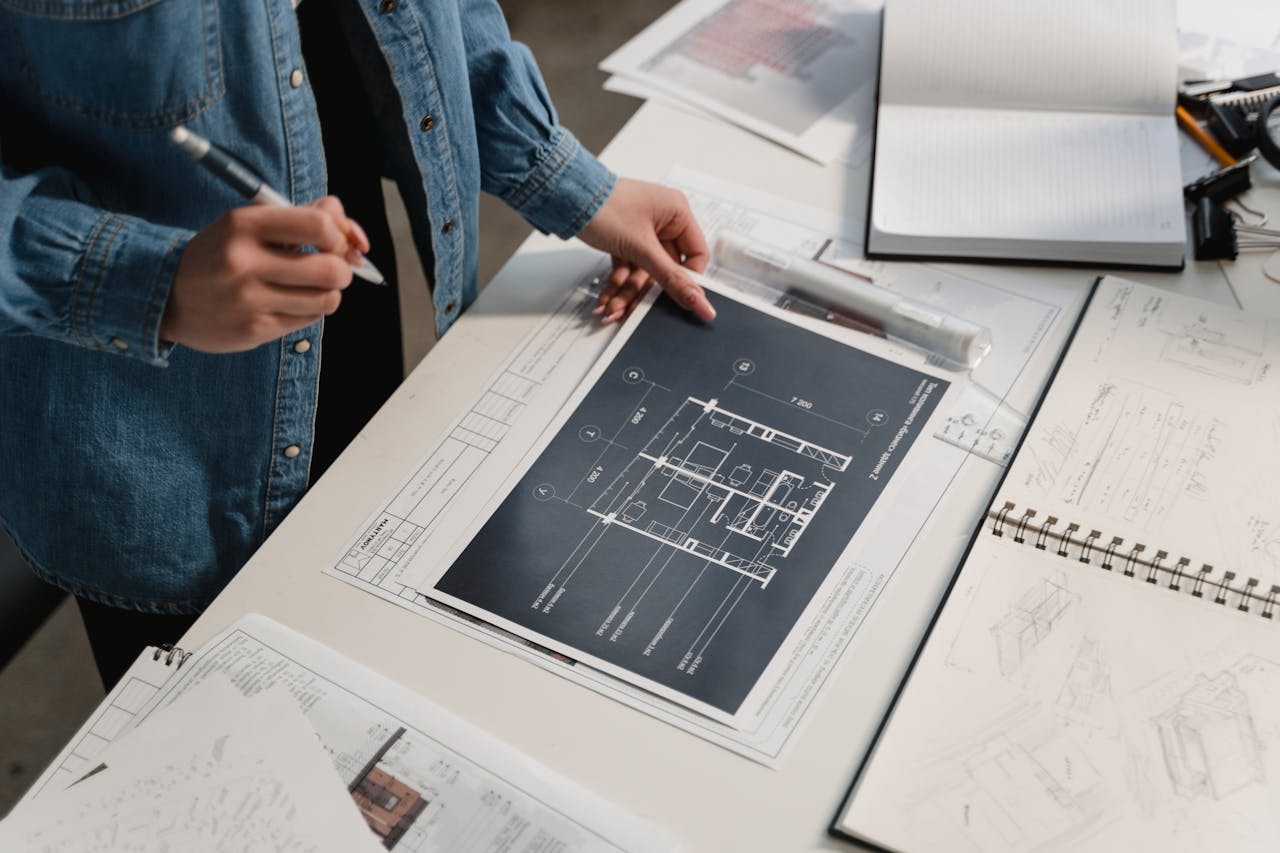
Essential Steps to Secure Building Permits for Your Cabin Project
Many people dream of building a cabin in a calm woodland region. However, before the first nail is pounded, it is critical to understand the permitting processes. This article breaks down the major components of obtaining building permits for your cabin project, guiding you through the sometimes complex zoning rules, regulations, and approvals.
Understand the Local Zoning Codes
Distinguish Between Different Types of Permits
Before you start building your cabin, be sure you understand the local zoning rules. Zoning laws govern how land is used and what structures can be constructed. You’ll probably meet various types of permits, including:
- Building permits are required to verify that the construction meets local safety standards.
- Conditional Use Permits: These are required if your proposed cabin does not fulfill zoning laws, but they may be granted under certain conditions.
- Variances: Allows variances to current zoning laws, frequently required due to unusual situations.
Planning Permission
Planning permission is an important milestone in your project. It ensures that your cabin’s design and location are consistent with municipal plans and regulations. Depending on your area, you may be required to provide precise architectural drawings, site plans, and descriptions of the cabin’s planned purpose.
Building Regulation Approval
In addition to planning permission, building regulatory approval is required. This approval assures that the cabin meets safety standards for structural integrity, fire safety, and energy efficiency. It is critical to ensure the safety of your future house.
Environmental Permits
If your forest cabin impacts the surrounding environment, you may be required to obtain environmental permits. These permits aim to safeguard natural resources, endangered species, and wetlands. An environmental evaluation may be required to determine the potential impact of your construction.
Assess Your Project’s Specifications
Before delving further into the permit application process, evaluate your project’s parameters, including:
Location Considerations
The location of your cabin is an important factor in deciding permit needs. Your permit applications may be influenced by proximity to bodies of water, protected lands, and existing infrastructure.
Size and Scale of the Cabin
The size of your cabin may determine the type and quantity of permits necessary. Smaller cabins may qualify for exemptions, although bigger constructions often face more onerous regulations.
Research Local Building Codes
Every town has a building code governing construction procedures, materials, and safety requirements. Consult with local building authorities or engage a local architect to ensure your plans comply with these rules.
Complete Required Application Forms
With knowledge of local codes and project standards, it’s time to proceed to the next step:
Prepare Necessary Supporting Documents
Prepare supporting materials for your application, which can include:
- Site blueprints illustrate the cabin’s proposed placement.
- Floor plans and elevation drawings.
- Details about the materials to be utilized.
- Any environmental assessments, if applicable.
Submit Your Permit Application
Once you’ve organized everything, submit your permit application to your local government. Check that all relevant documents are provided to minimize needless delays.
Engage in Public Consultation
In many circumstances, obtaining a building permit requires community involvement. Public consultation can address your neighbors’ concerns about your project. This transparency fosters positive relationships and may help the permit acceptance process.
Build Relationships with Local Officials
Establishing rapport with local leaders might be advantageous. They can help with the application process, give information about community expectations, and advocate for your project during the review process.
Track the Progress of Your Application
Following submission, actively monitor the status of your permission application. Many municipal governments offer online tools for this purpose. Being proactive can help ensure that any difficulties are resolved quickly.
Respond to Feedback or Modifications
It is not uncommon for permit applications to receive feedback requesting changes. Prepare to respond to any change requests in a timely and professional manner. This desire to collaborate can greatly increase your chances of approval.
Understand Appeal or Denial Processes
It is critical to understand the appeals process in the event of a permit denial. Familiarize yourself with the measures you can take to appeal a refusal and make sure you have all the essential facts to support your case.
Maintain Compliance During Construction
Once your permits are obtained, remember that compliance is a continuous duty during construction. Adherence to all permit specifications is critical to avoiding penalties and potential shutdowns.
Importance of Inspections
Regular inspections may be required throughout the construction process. These inspections guarantee that the work fulfills local requirements and follows the approved designs, protecting the integrity of your cabin.
FAQs
How long does the permit application procedure take?
The permission application procedure might vary greatly depending on local rules, project complexity, and the specific permitting office. On average, it can take between a few weeks and many months.
What if you develop without a permit?
Building without a permit can result in fines, legal action, and even orders to dismantle or change the structure. You may also need help attempting to sell the property.
Can permissions be transferred to new owners?
Building permits cannot generally be transferred. The new owner may be required to obtain their licenses, particularly if the project or local rules have changed.